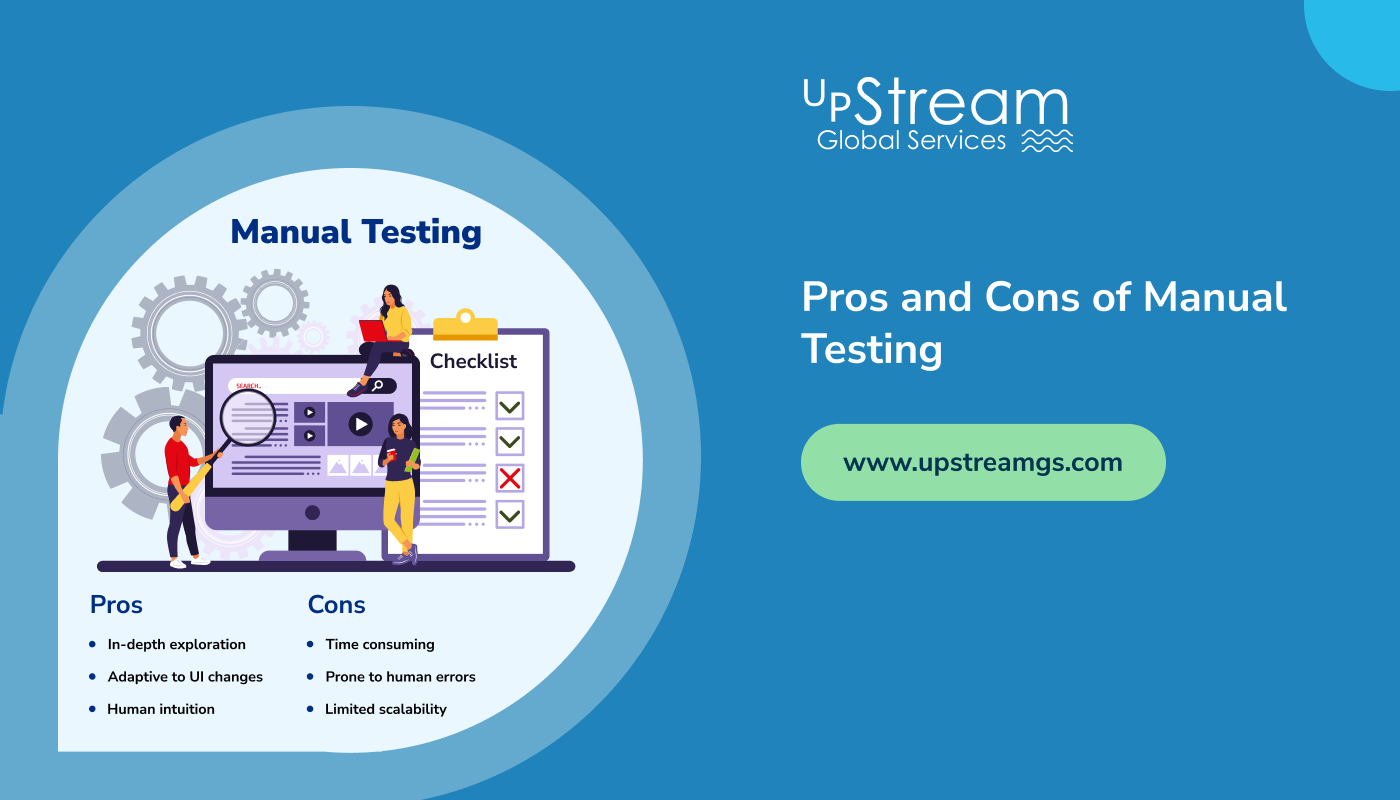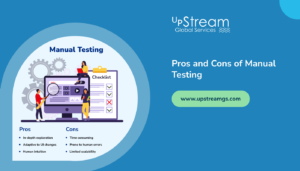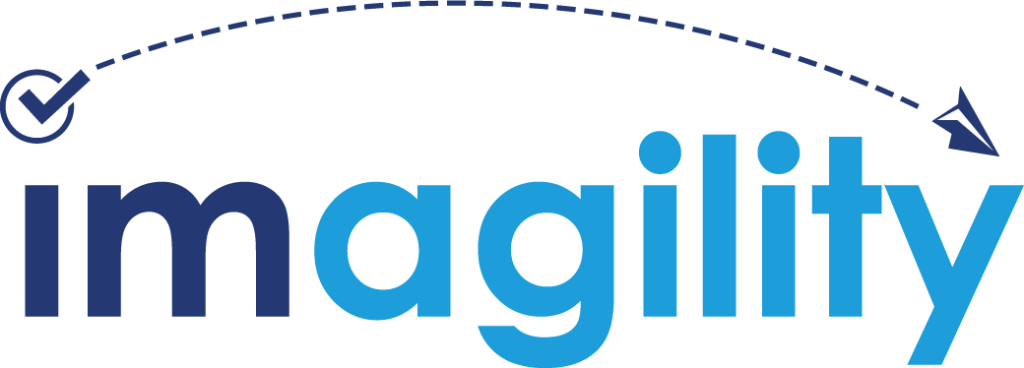When it comes to software development, testing plays an important role as it ensures the quality, functionality, and usability of the final product. Manual testing is wherein human testers execute test cases without the use of automation tools. This has been a traditional approach in software testing. While manual testing offers certain advantages, it also comes with its own set of limitations. Let’s delve into the pros and cons of manual testing to understand how it affects software projects.
What Is Manual Testing?
Unlike automated testing, manual testing involves human intervention to perform tasks such as analyzing requirements, creating test cases, executing tests, and reporting bugs. Unlike automated testing, which uses scripts and tools to execute test cases, manual testing depends on the tester’s observation, intuition, and experience to identify issues and ensure the software meets the desired quality standards. Although it might appear to take more time and effort than automated methods, manual testing brings specific advantages and is crucial in the software development process.
In contrast to automated testing, manual testing relies on the tester’s keen observation, intuition, and experience to identify issues and ensure that the software adheres to pre-established quality standards. While automated testing utilizes scripts and tools to execute test cases, manual testing involves human intervention for tasks like analyzing requirements, creating test cases, executing tests, and reporting bugs.
While it may seem to require more time and effort compared to automated methods, manual testing offers distinct advantages and remains a critical aspect of the software development process.
Pros of Manual Testing
Human Insight and Creativity
During manual testing, testers employ their intuition, experience, and creativity to discover flaws that automated testing might not detect. By exploring various scenarios, edge cases, and user viewpoints, human testers can pinpoint potential problems that automated tests might overlook. This approach enhances the overall testing process and ensures a more comprehensive identification of defects.
Cost-Effectiveness
Manual testing typically requires minimal upfront investment in terms of tools and infrastructure compared to automated testing. This can make it a more cost-effective option for small-scale projects or one-time tests, as it eliminates the need to develop and maintain automated test scripts.
Flexibility and Adaptability
Manual testing offers greater flexibility and adaptability to changes in software requirements or functionalities. Testers can quickly adjust test cases based on evolving project needs. This makes manual testing suitable for agile development environments where frequent changes are common.
Early Detection of Usability Issues
During manual testing, human testers can offer insightful feedback on various aspects of a software application, including the user interface, the navigation flow, and the overall user experience. This early identification of usability issues enables developers to address and rectify these issues before the software’s release, ultimately enhancing customer satisfaction.
Cons of Manual Testing
Time-Consuming
Manual testing can be time-consuming, especially for large and complex software applications. Testers need to execute test cases manually, which, in turn, can result in delays in the testing process and prolong the overall development lifecycle.
Limited Test Coverage
Manual testing may not achieve comprehensive test coverage, particularly for repetitive or large data sets. Testers may overlook certain edge cases or fail to execute all possible test combinations, increasing the risk of undetected defects in the software.
Subjectivity and Bias
Manual testing relies on the skills of individual testers, which can introduce some level of subjectivity and personal bias. Differences in tester skills and experience may lead to variations in test outcomes, causing inconsistent results.
Scalability Challenges
It could be challenging to expand manual testing to accommodate large-scale projects or continuous testing initiatives. As the software grows in size and becomes more complex, relying solely on manual testing may become impractical or ineffective. This will result in prompting the need for automated testing solutions.
Conclusion
While manual testing offers certain advantages such as human insight, cost-effectiveness, and flexibility, it also has inherent limitations in terms of time consumption, test coverage, subjectivity, and scalability. To maximize the effectiveness of software testing, organizations often adopt a hybrid approach that combines manual and automated testing techniques. By leveraging the strengths of both approaches, software development teams can achieve comprehensive test coverage, faster time-to-market, and higher product quality. Ultimately, the choice between manual and automated testing depends on various factors such as project requirements, budget constraints, and the nature of the software being developed.







